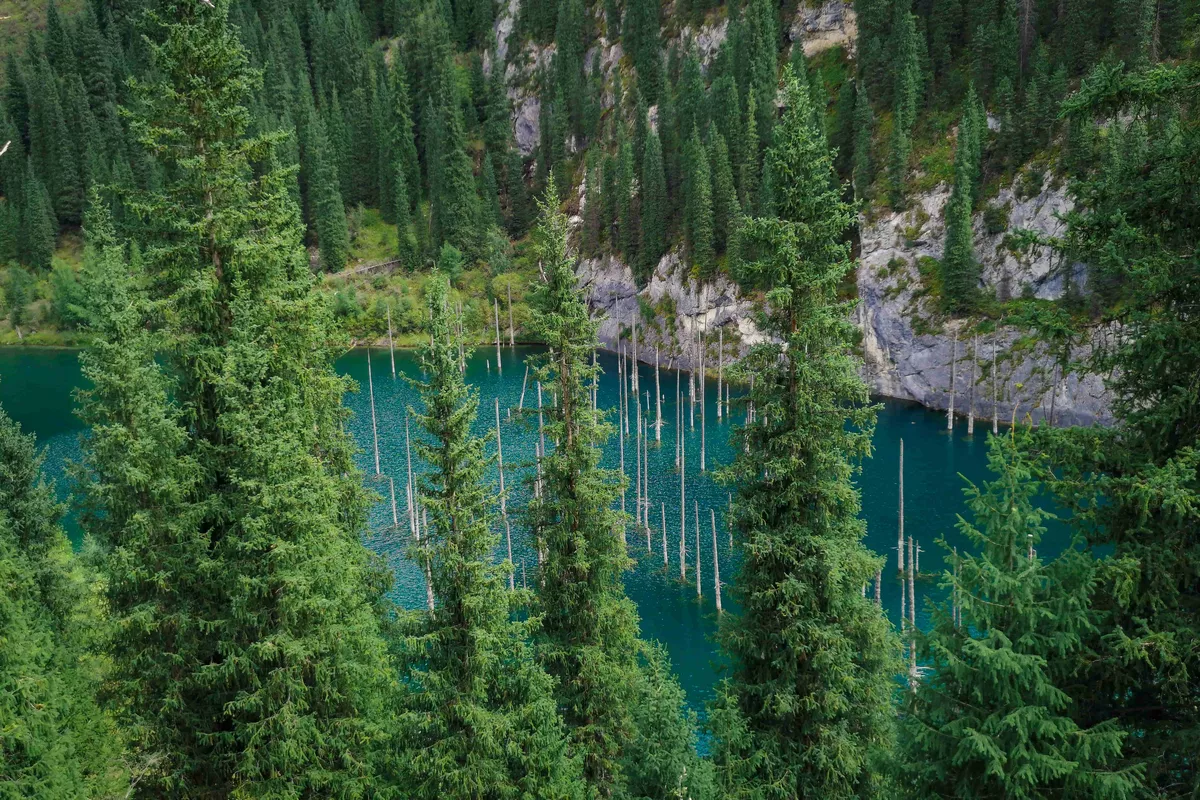
Photo: UNDP
Kazakhstan has unveiled updates to its forest law aimed at promoting eco-tourism, improving climate resilience, and strengthening emergency response systems.
The legislative changes were presented during a press briefing on July 11 by the Forestry and Wildlife Committee, which falls under the Ministry of Ecology and Natural Resources, The Caspian Post reports, citing Kazakh media.
The updated law on amendments and additions to certain legislative acts on forestry, specially protected natural areas and guaranteeing obligations of private business entities was initiated by Senate deputies and signed by President Kassym-Jomart Tokayev on June 26.
“The law aims to improve the effective management of forest resources, enhance ecosystem resilience, and protect biodiversity,” said Beksultan Meirbekov, head of the committee’s department of specially protected natural areas.
The law introduces reforms, including the simplification of procedures for building infrastructure at tourism sites located within national parks. Previously, these projects required a lengthy government procedure to reclassify protected land as reserve land before development could begin. Now, local authorities can use a standardized agreement to gain access without changing the land’s legal status.
“This significantly reduces the procedures and timelines for developing these areas, providing a major boost to domestic tourism by enabling the construction of essential engineering infrastructure,” said Meirbekov.
The law also allows for the construction of civil protection facilities, such as avalanche barriers, flood defenses, or other disaster-prevention structures, in mountainous areas prone to natural hazards. These can now be built more quickly within protected zones by emergency response agencies.
“Now, the Ministry for Emergency Situations can access such plots based on a model agreement, enabling rapid construction and improved safety for nearby communities,” Meirbekov added.
In line with Kazakhstan’s international commitments under the Paris Agreement, the law introduces a legal framework for carbon offset projects. These initiatives aim to reduce the amount of greenhouse gases in the atmosphere by planting trees or restoring damaged land.
The law also introduces the concept of carbon units (quantified measurements of reduced emissions), giving legal rights to use and trade these units for climate-related projects.
“As part of this agreement, we included in the law the implementation of carbon offsets and carbon units. This will be achieved by developing forest fund lands with the necessary planting materials, so that these green areas can later absorb greenhouse gases,” said Meirbekov.
Share on social media